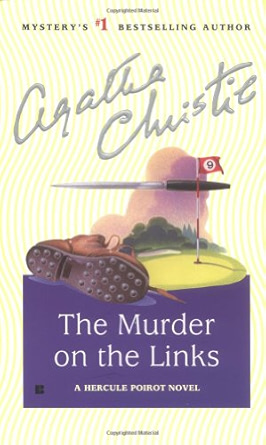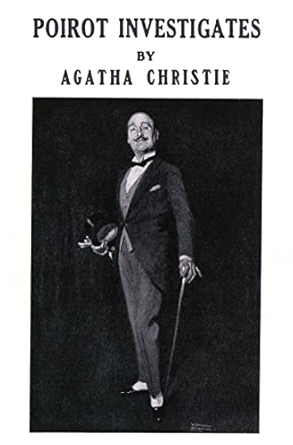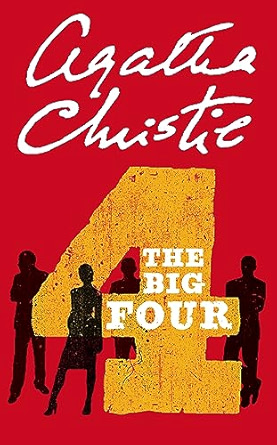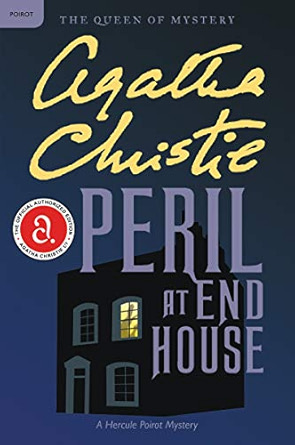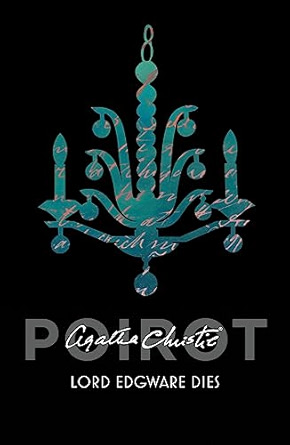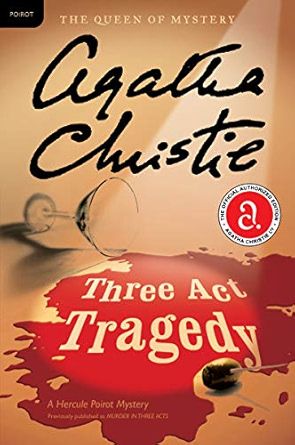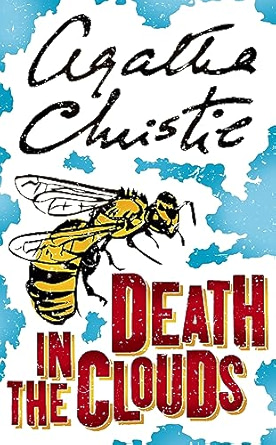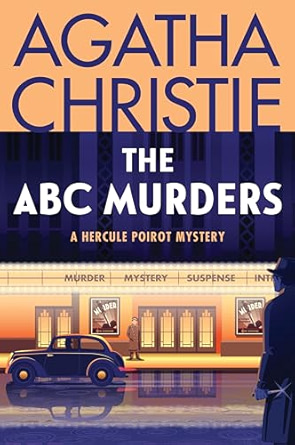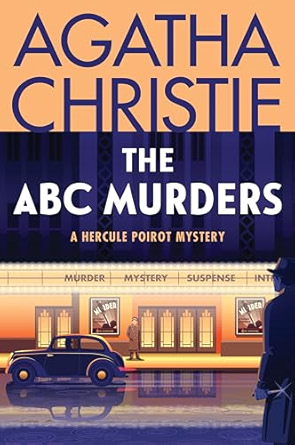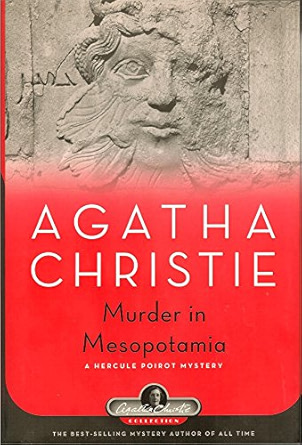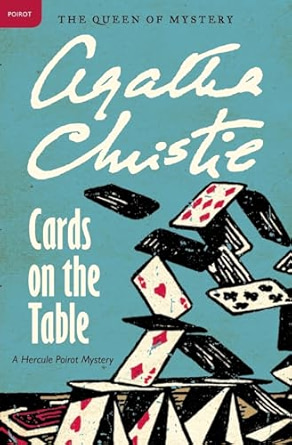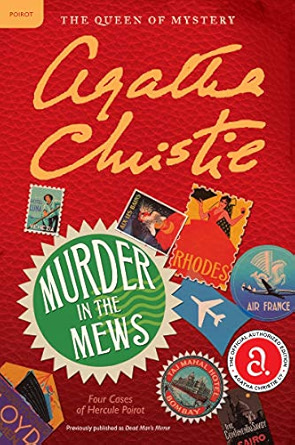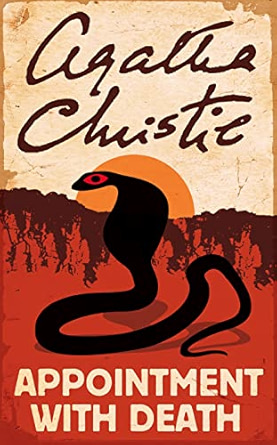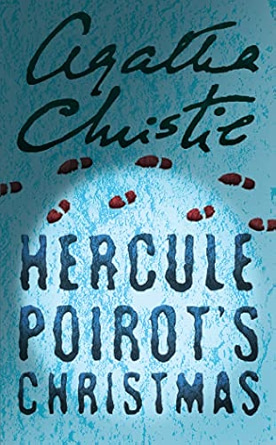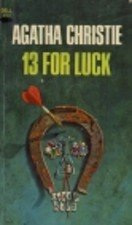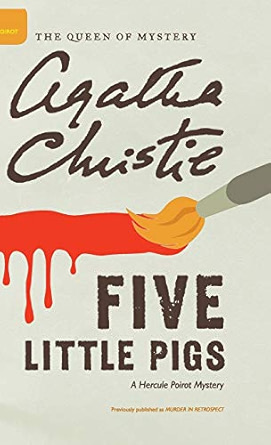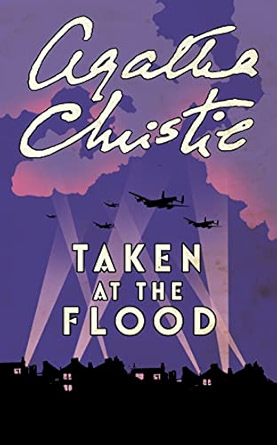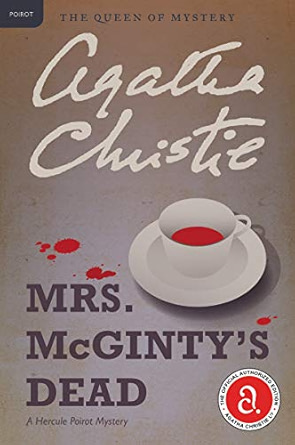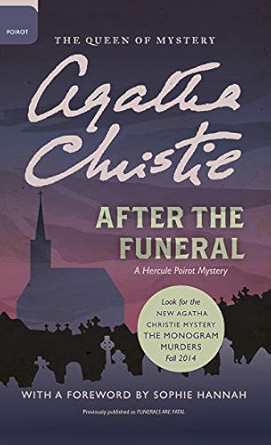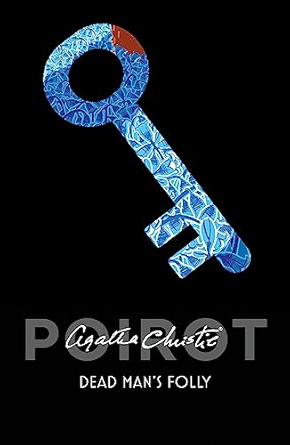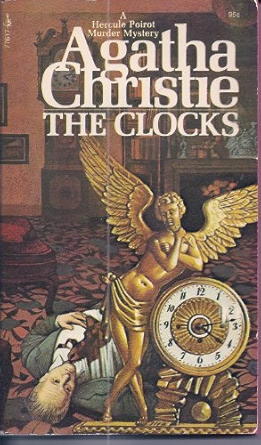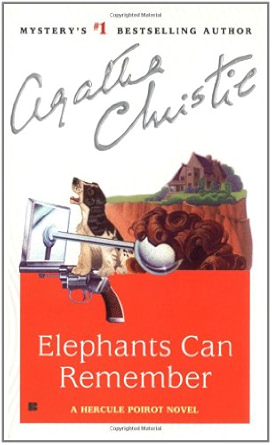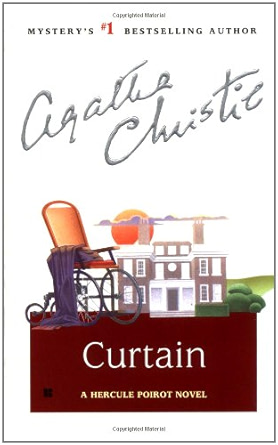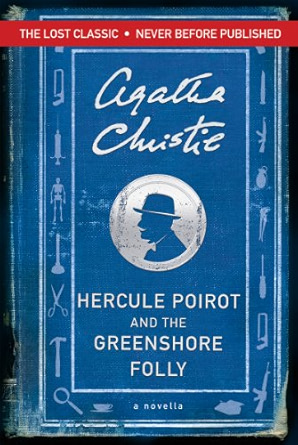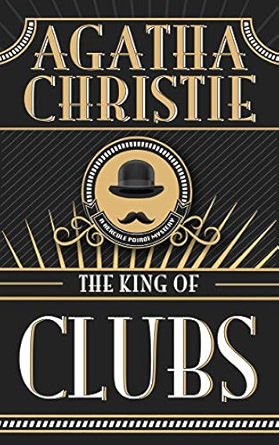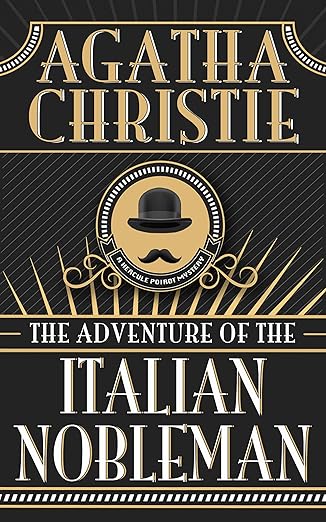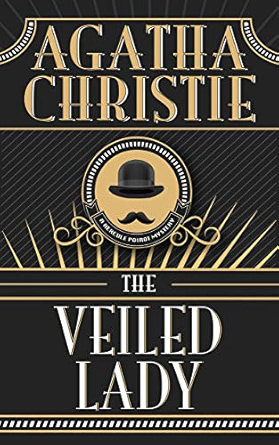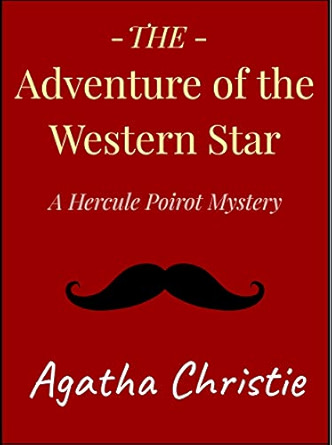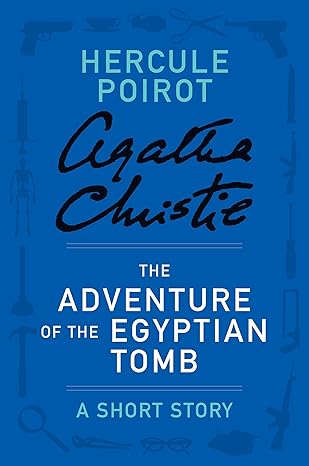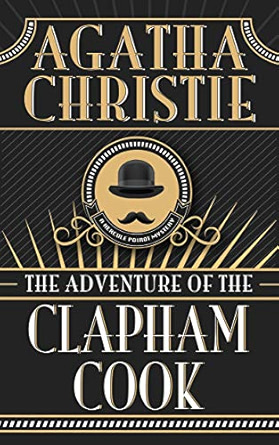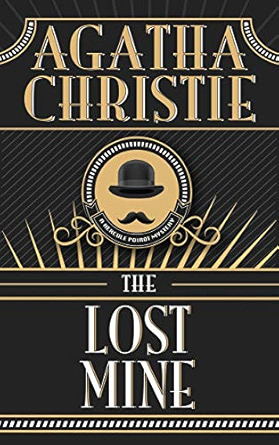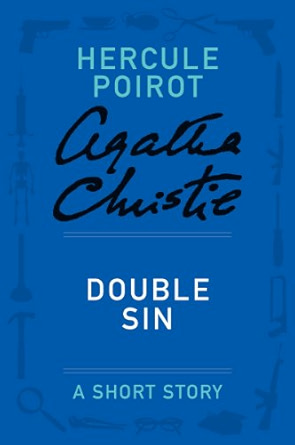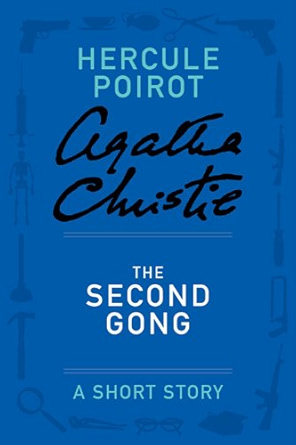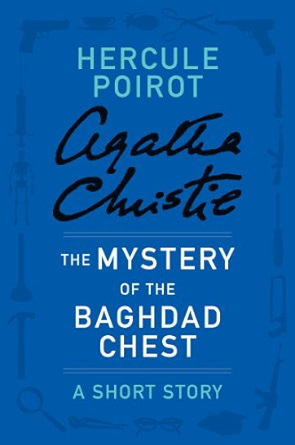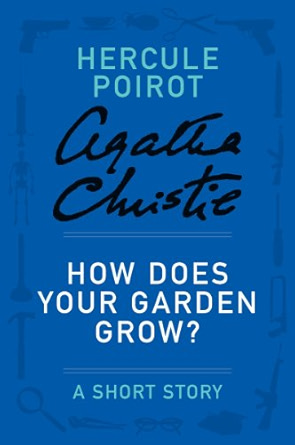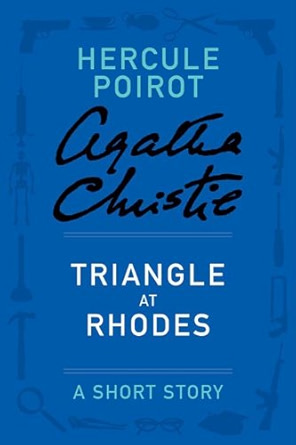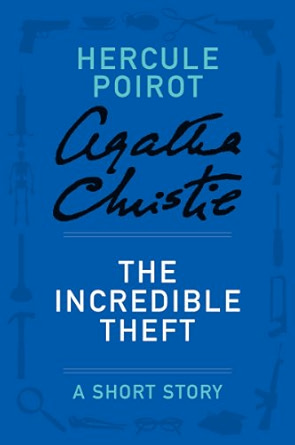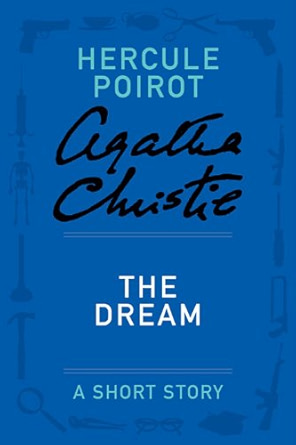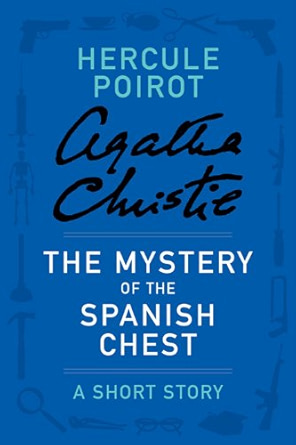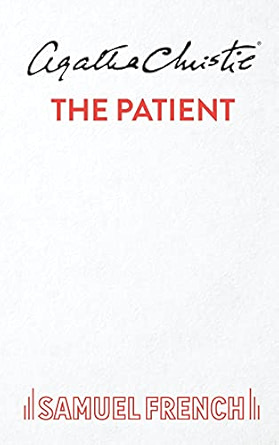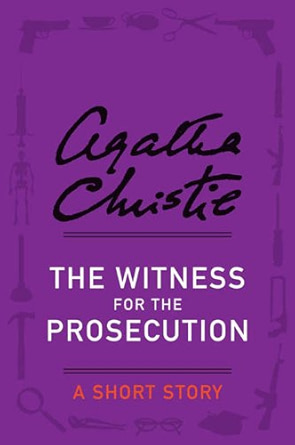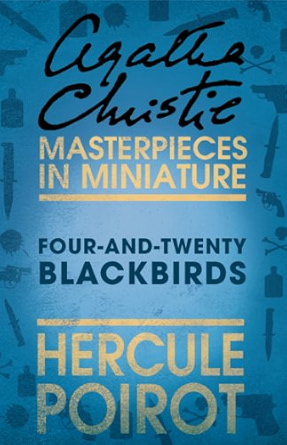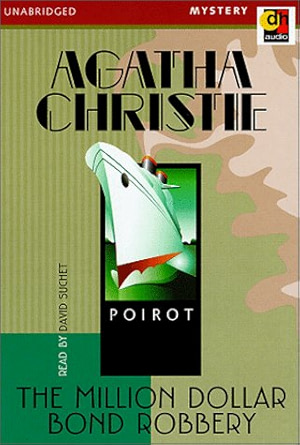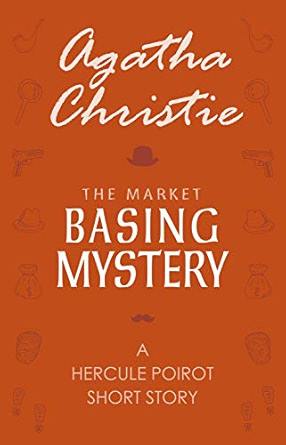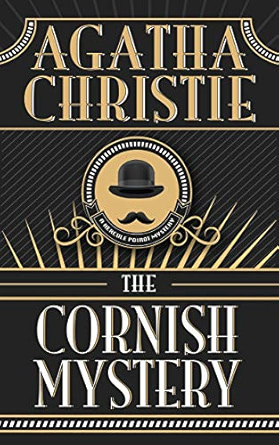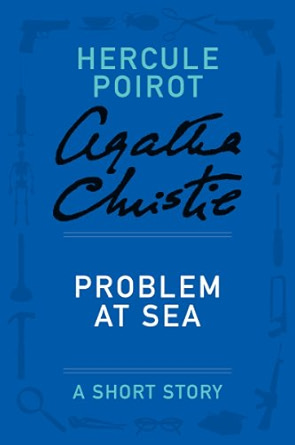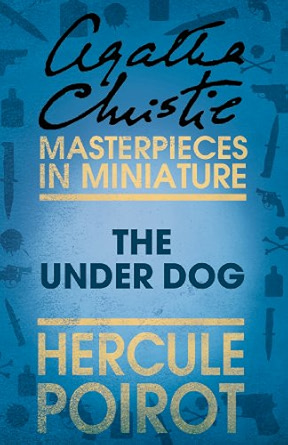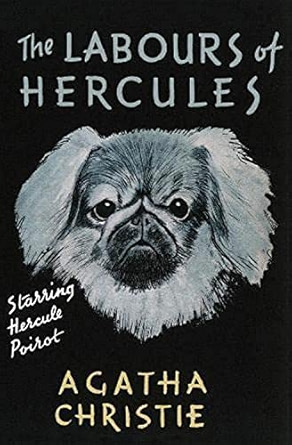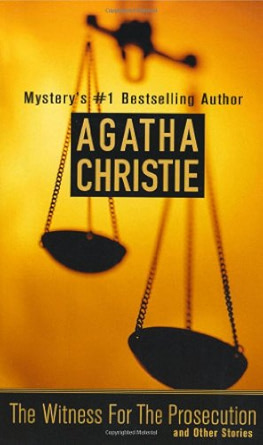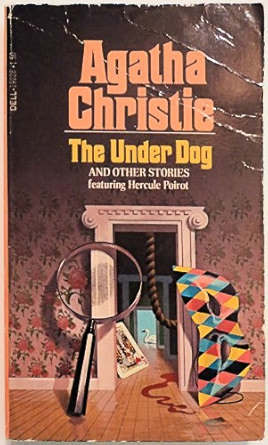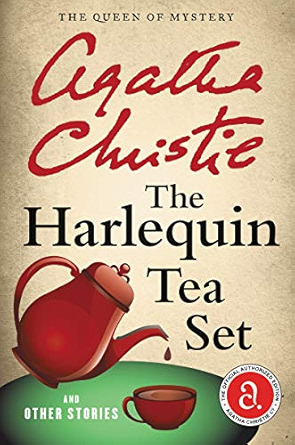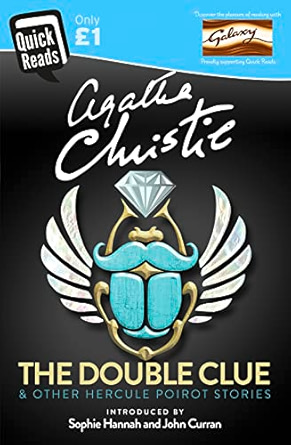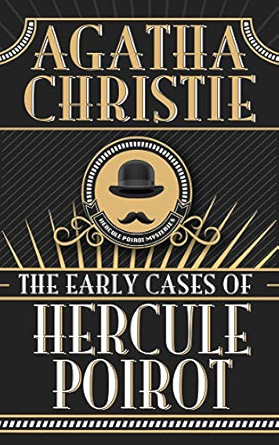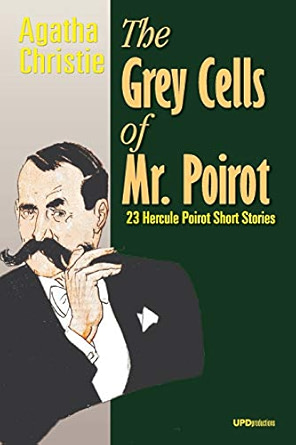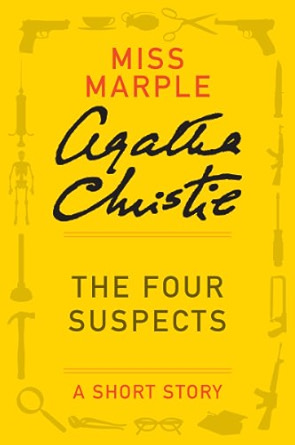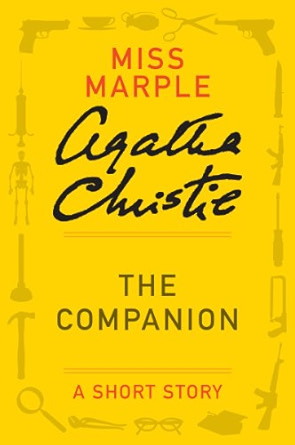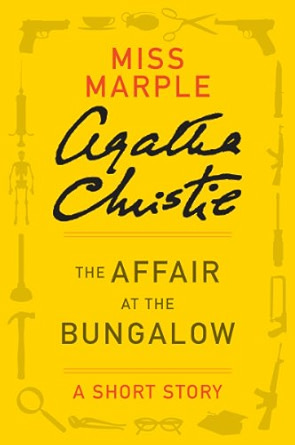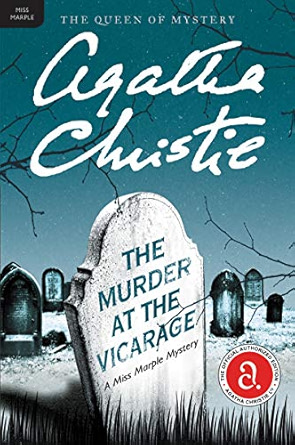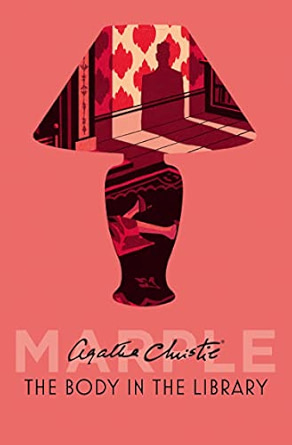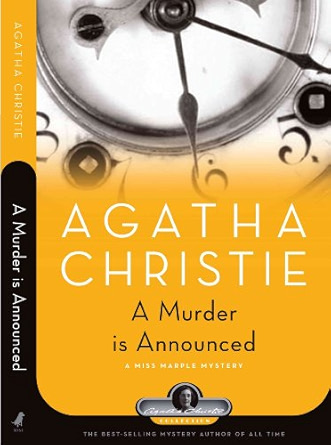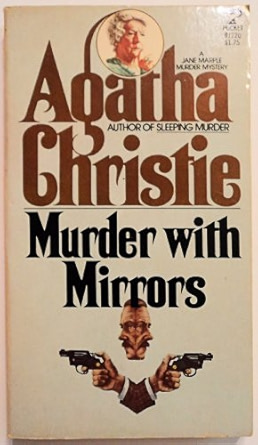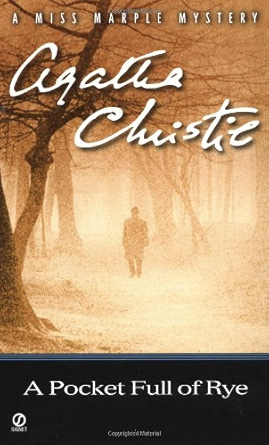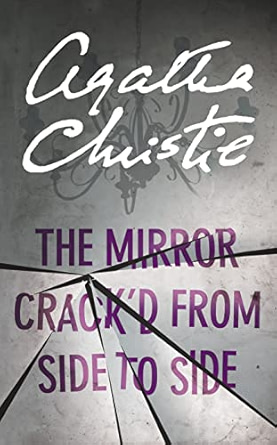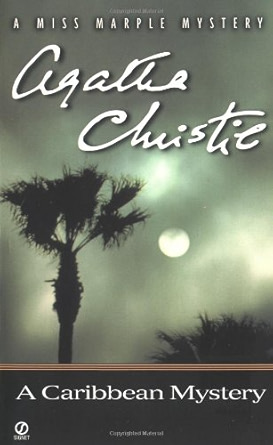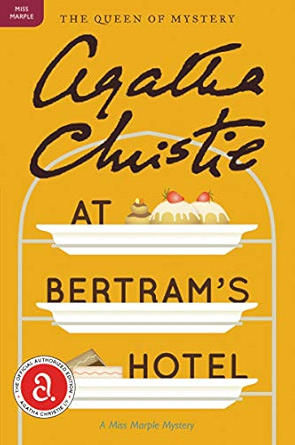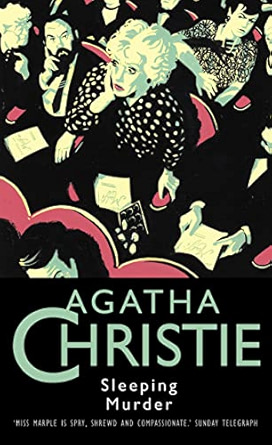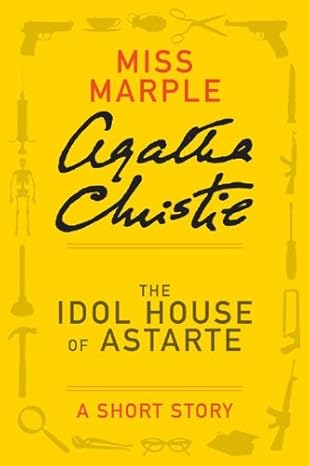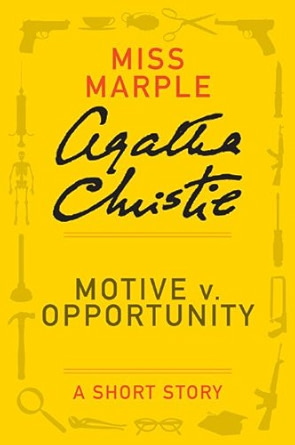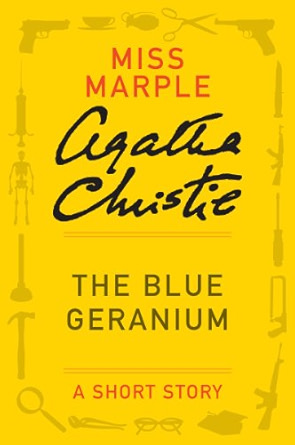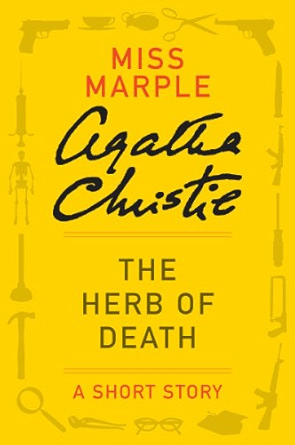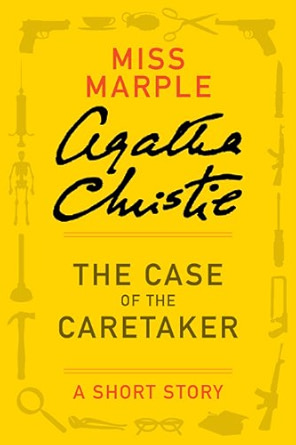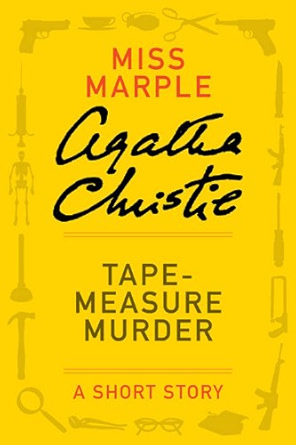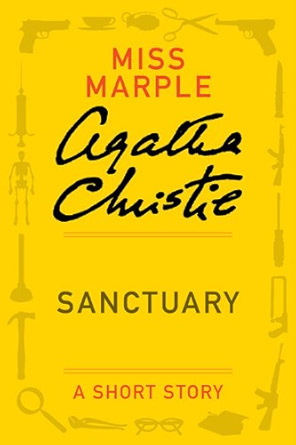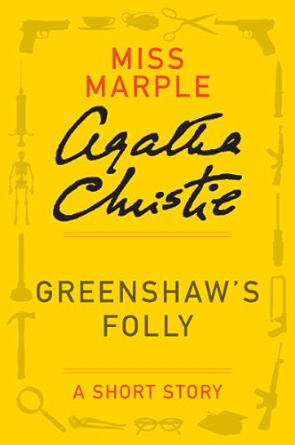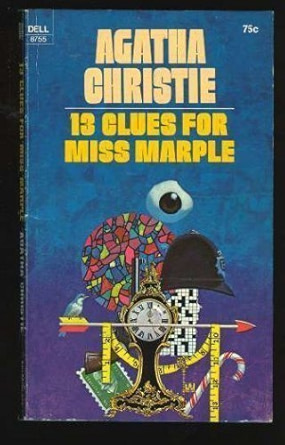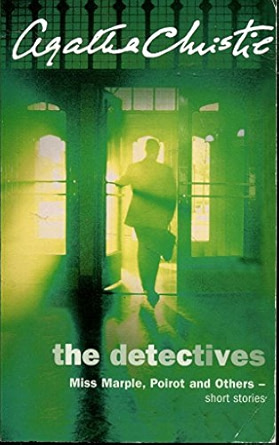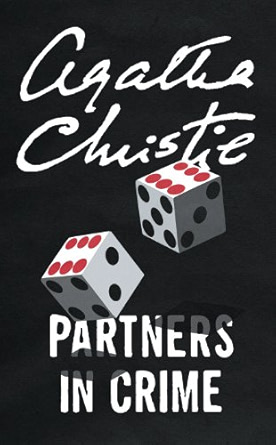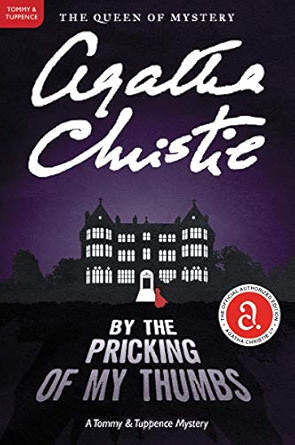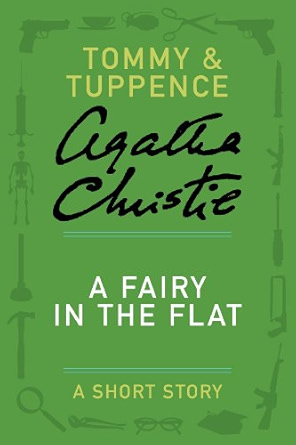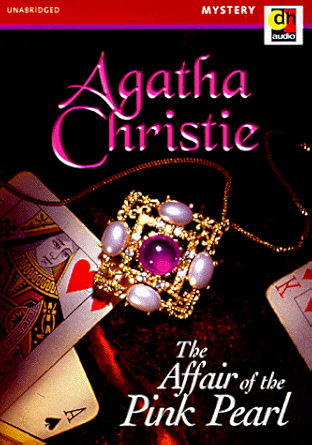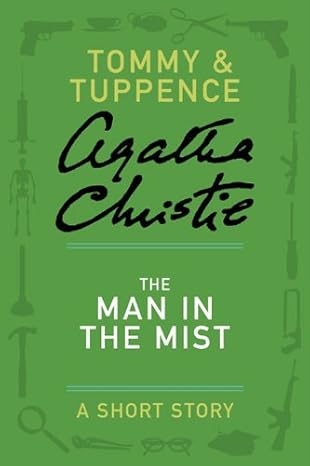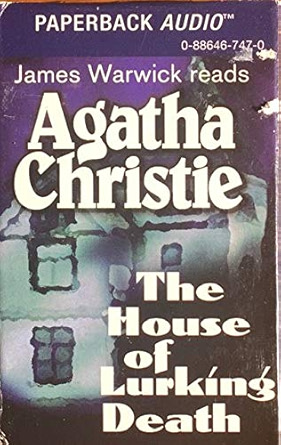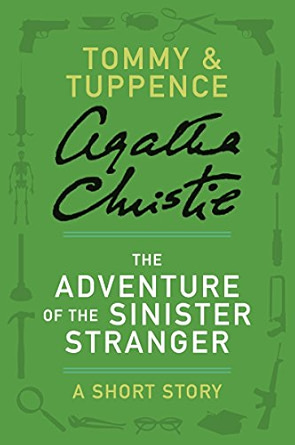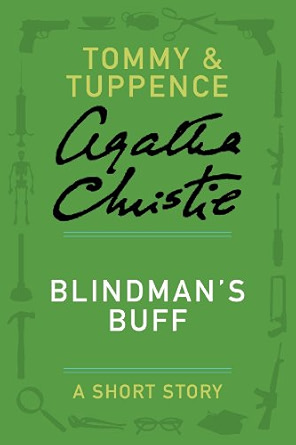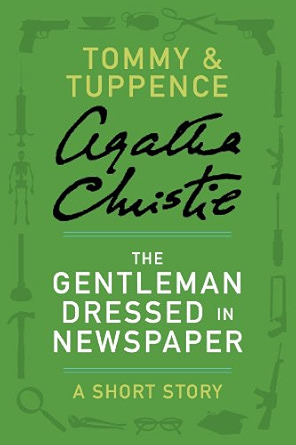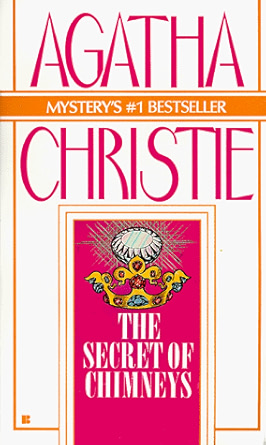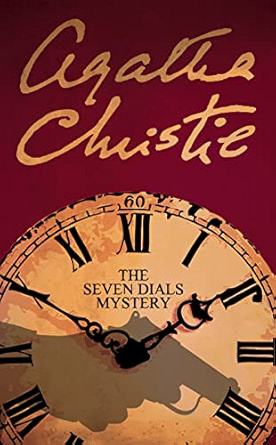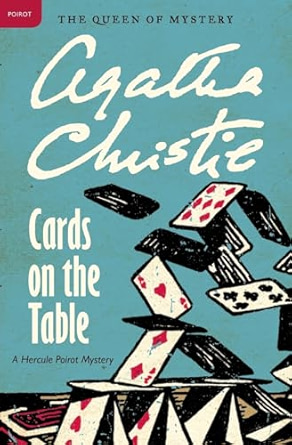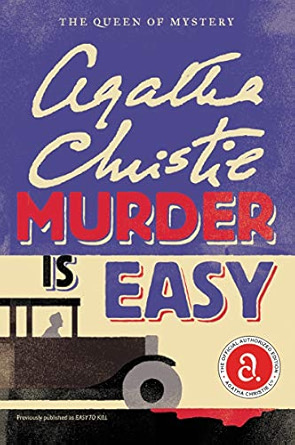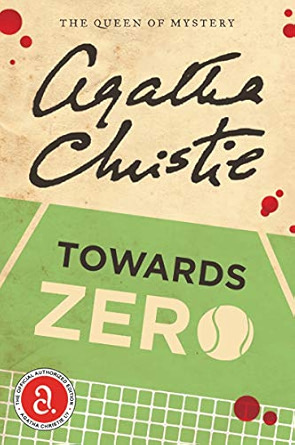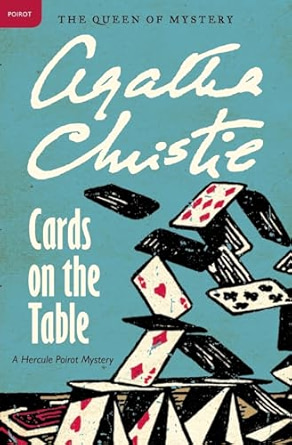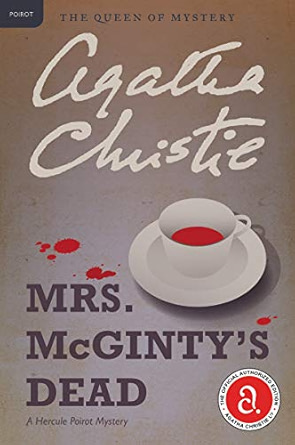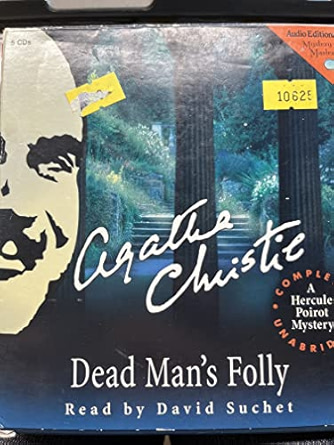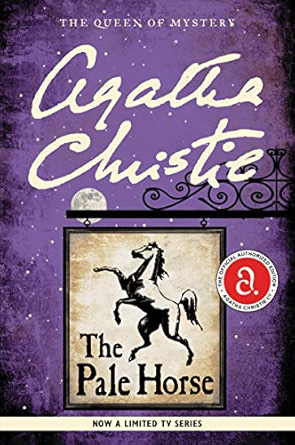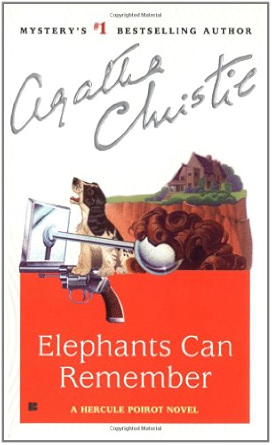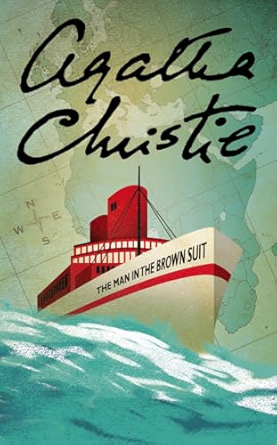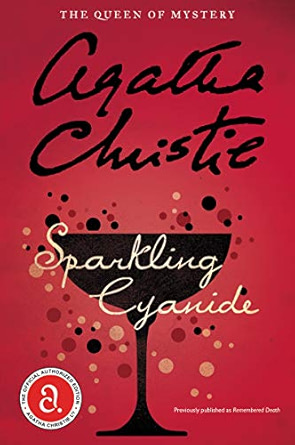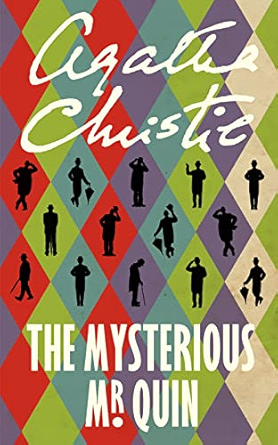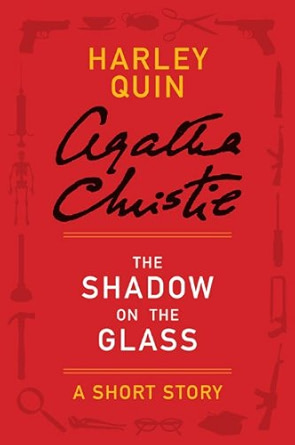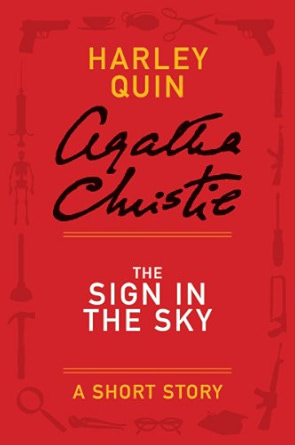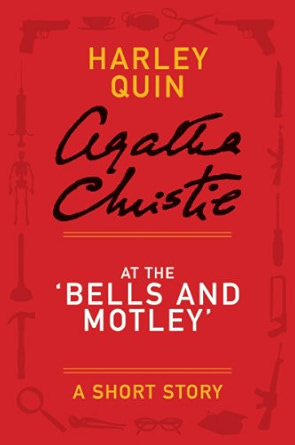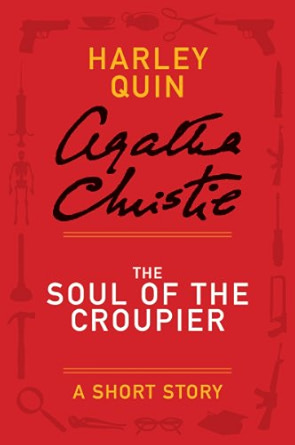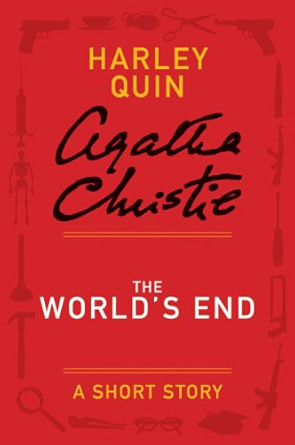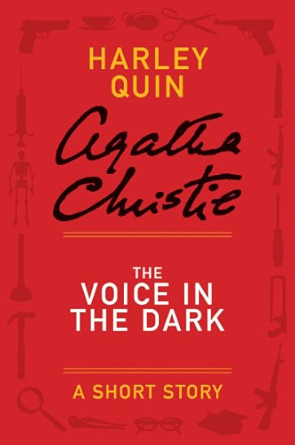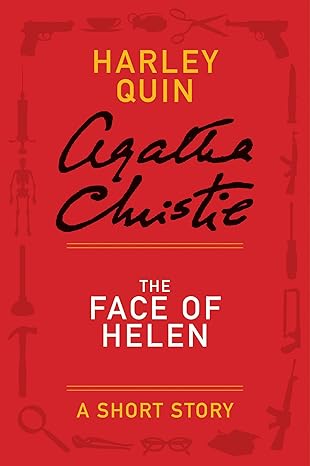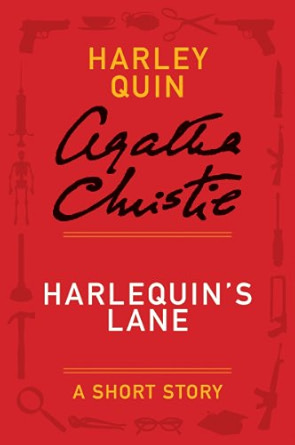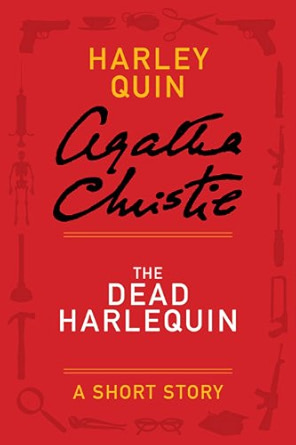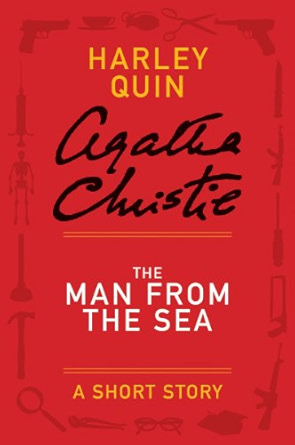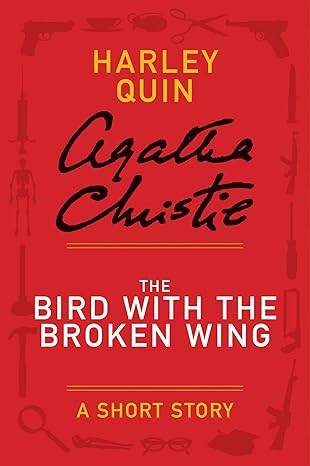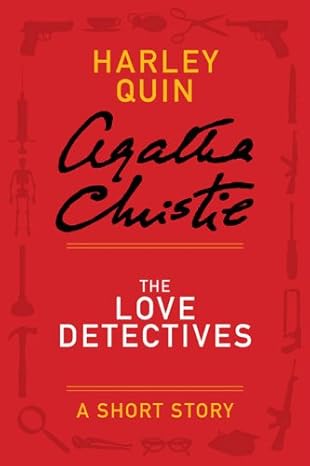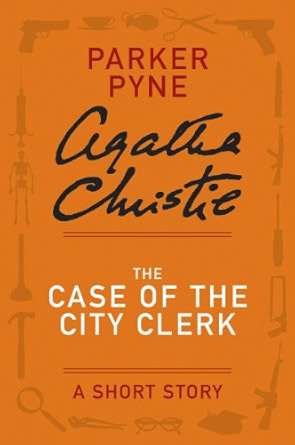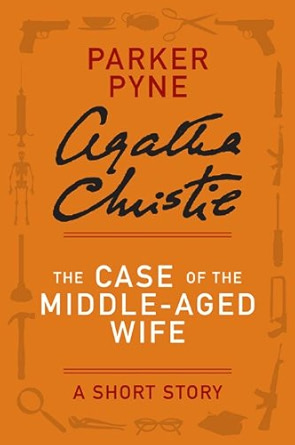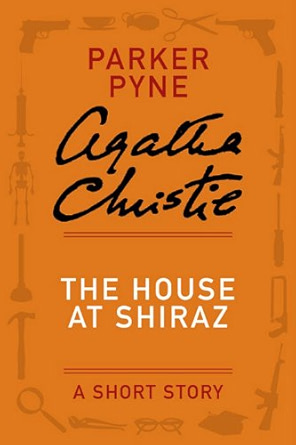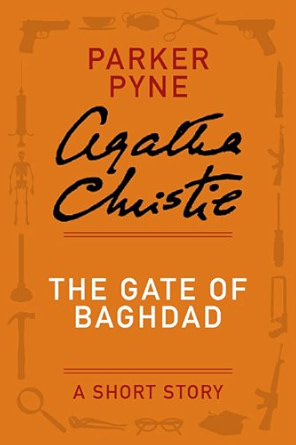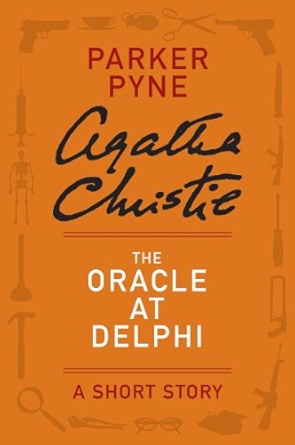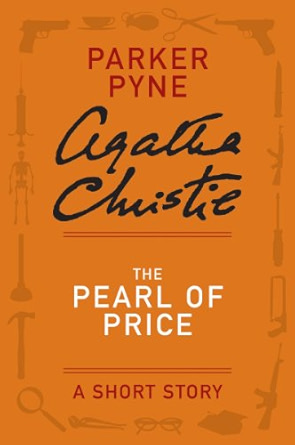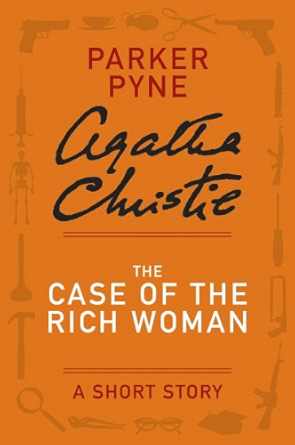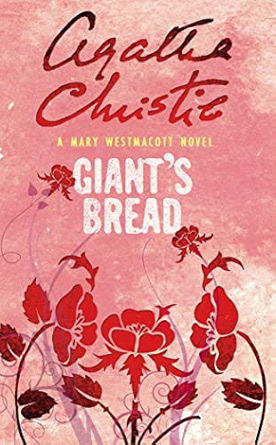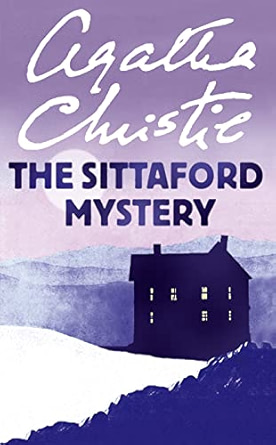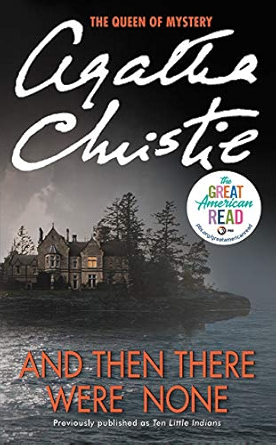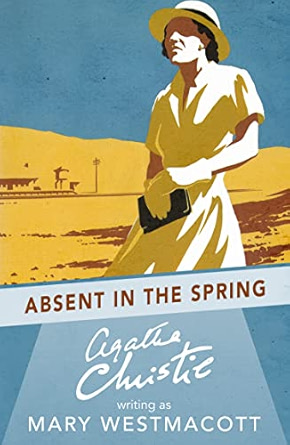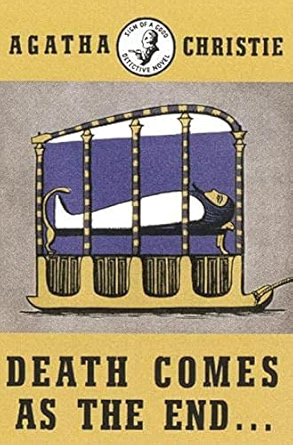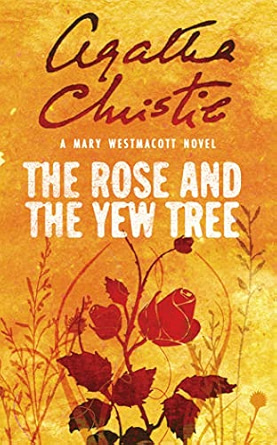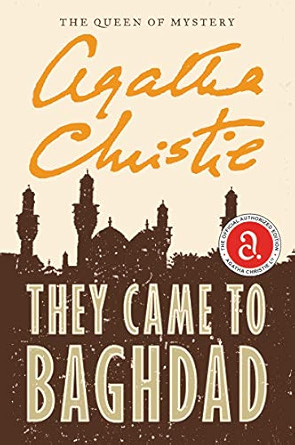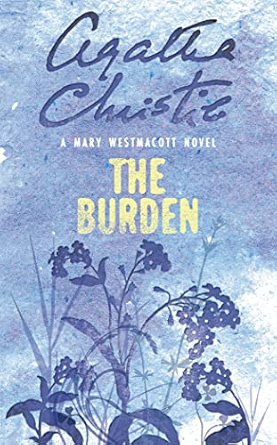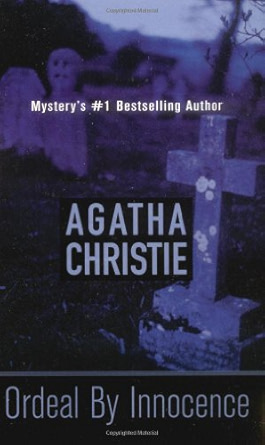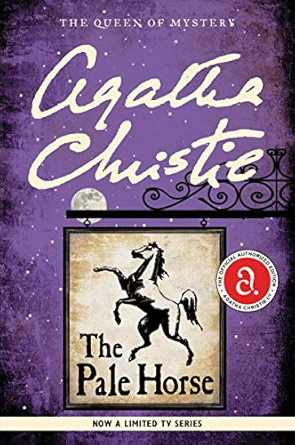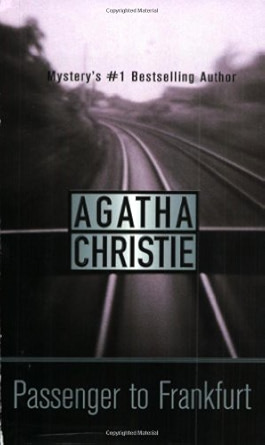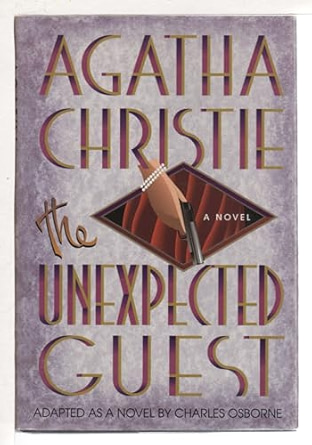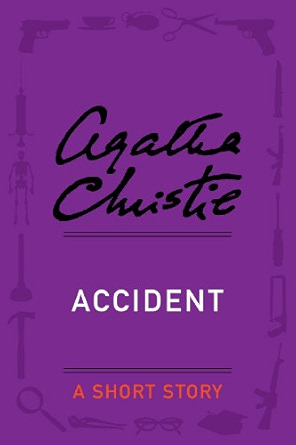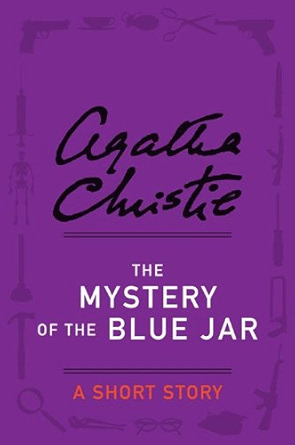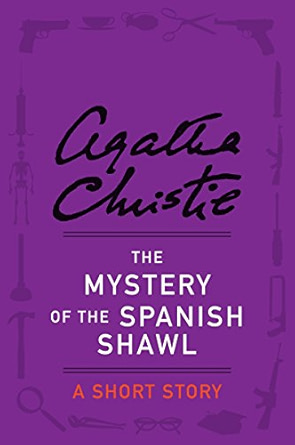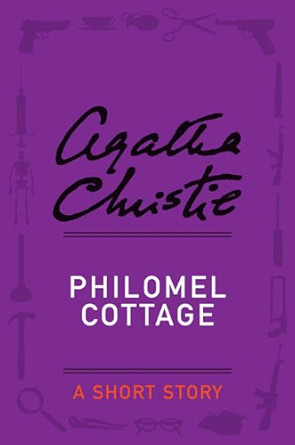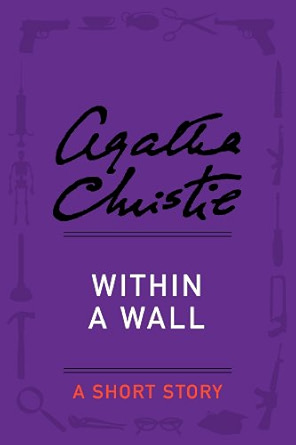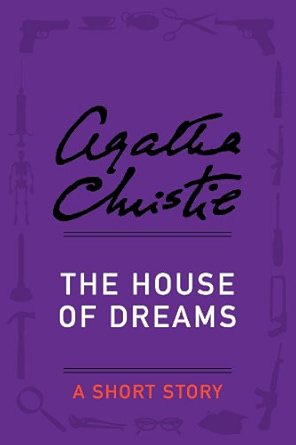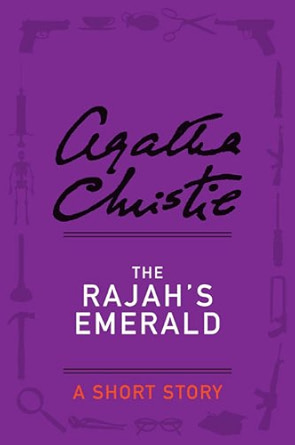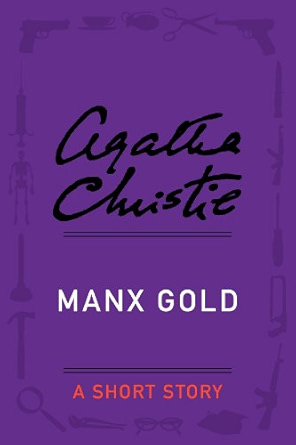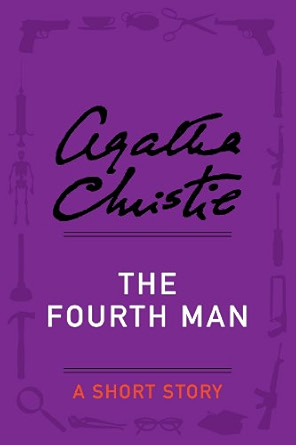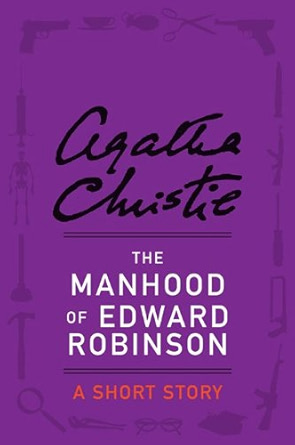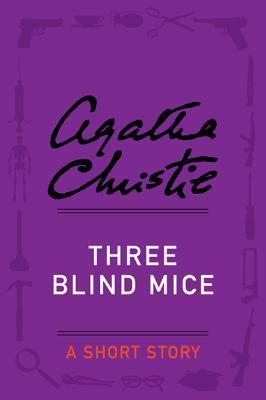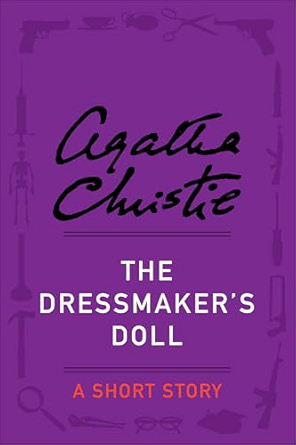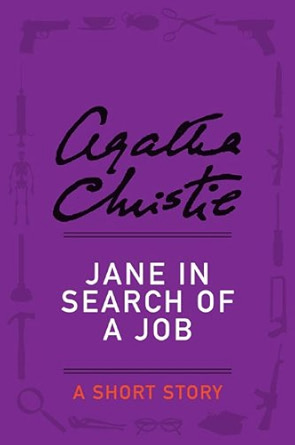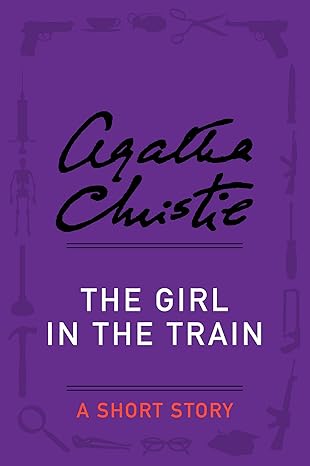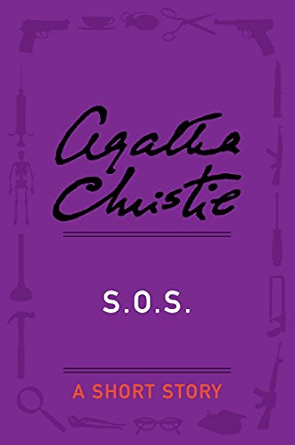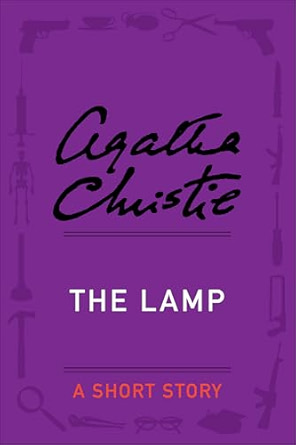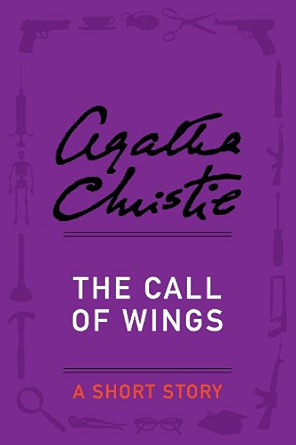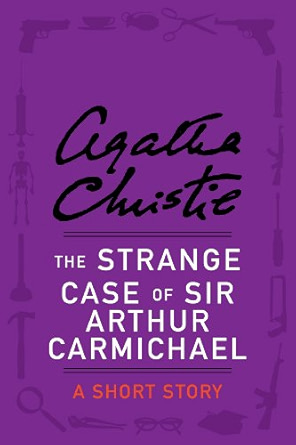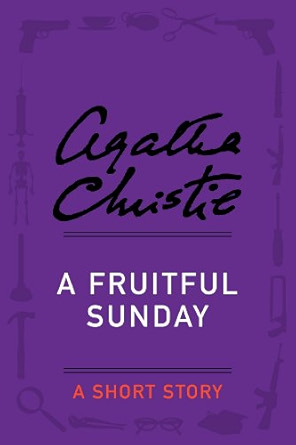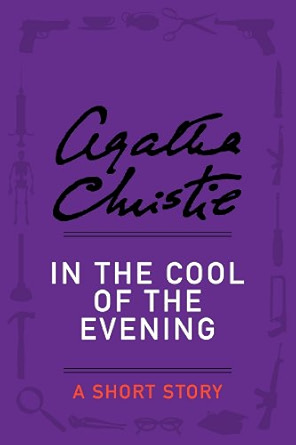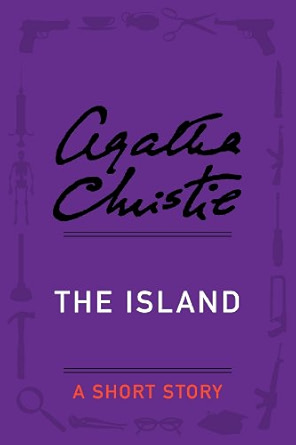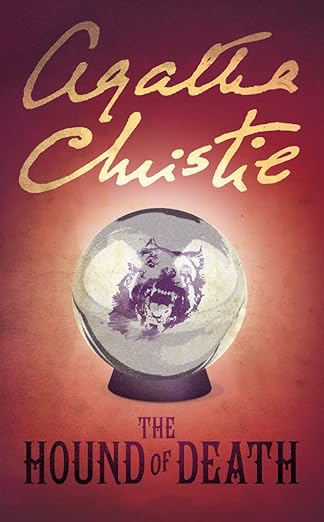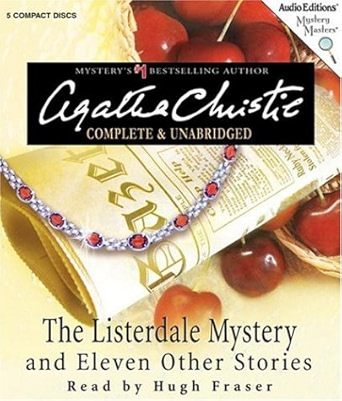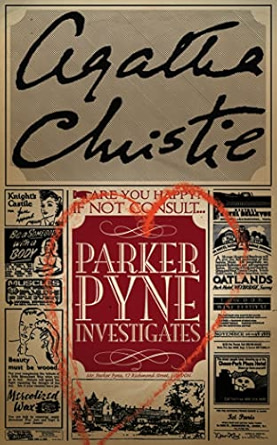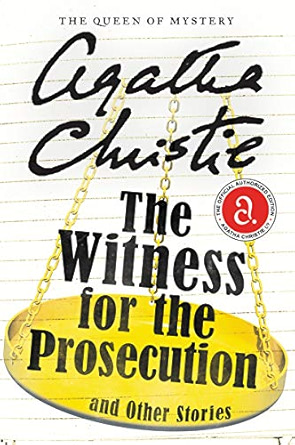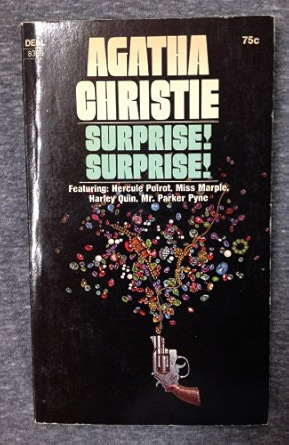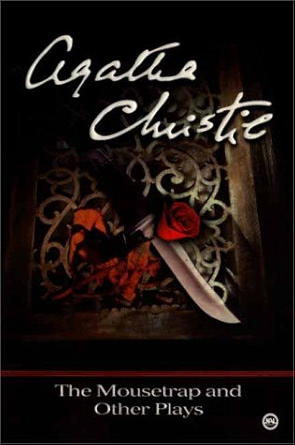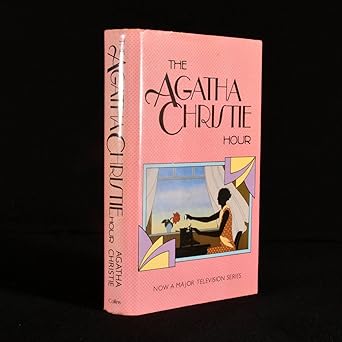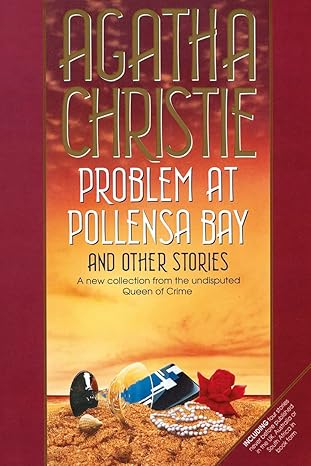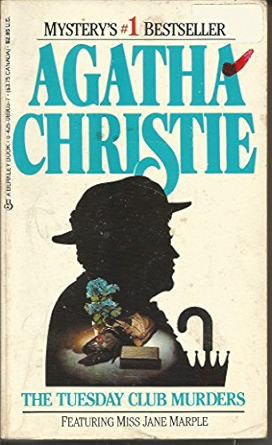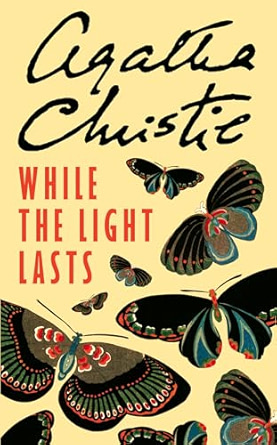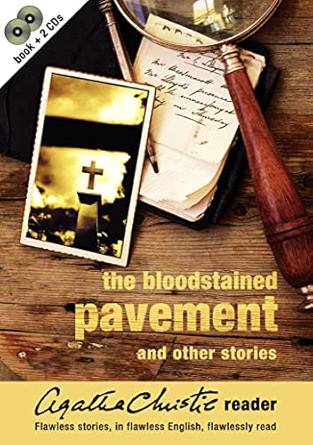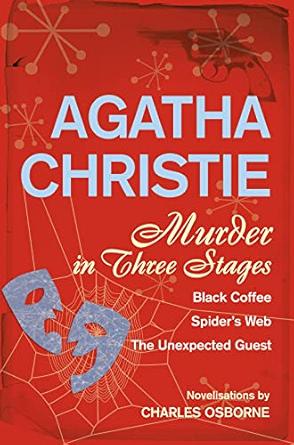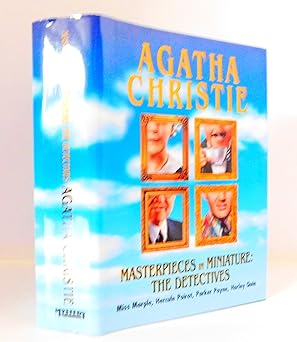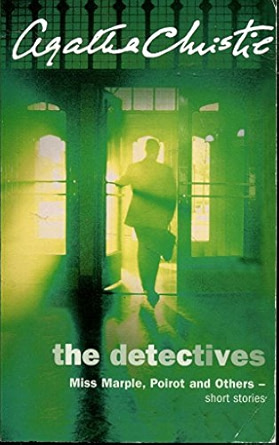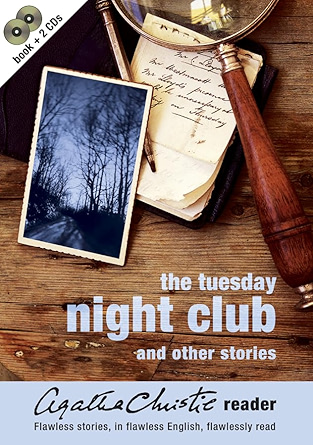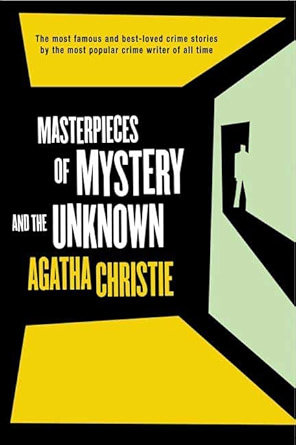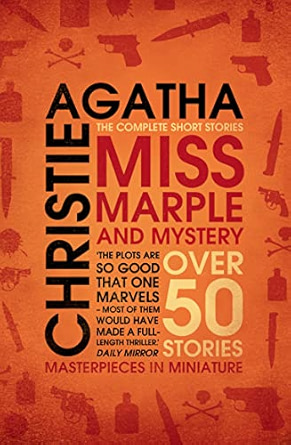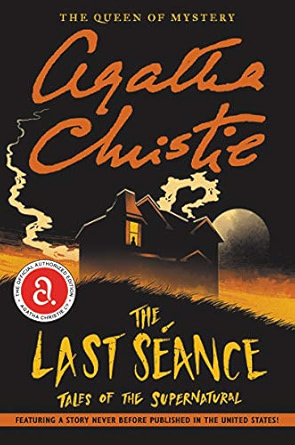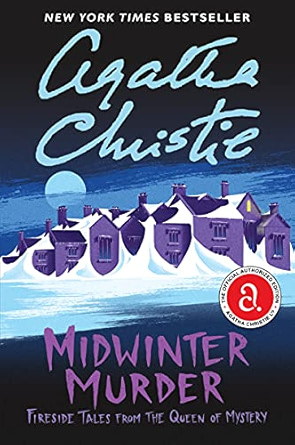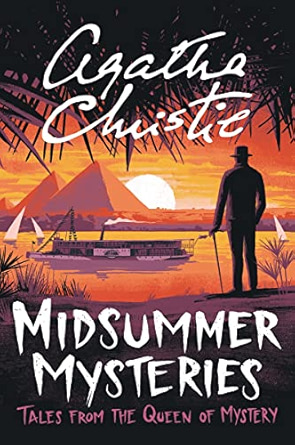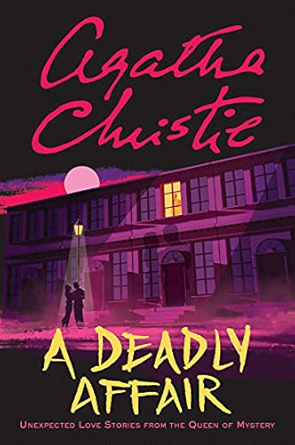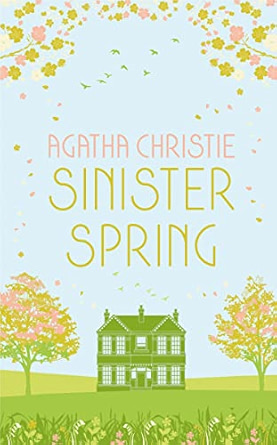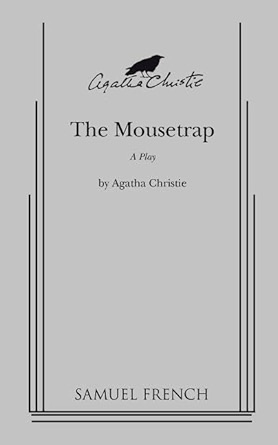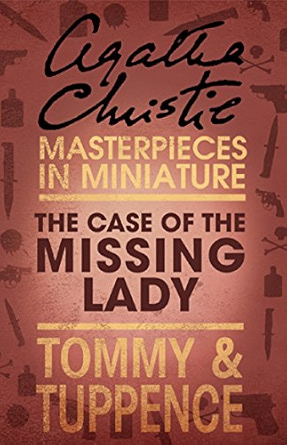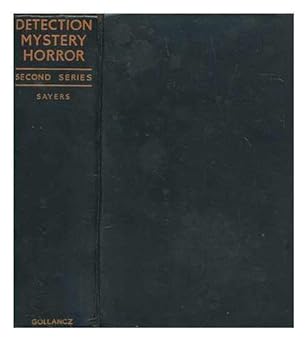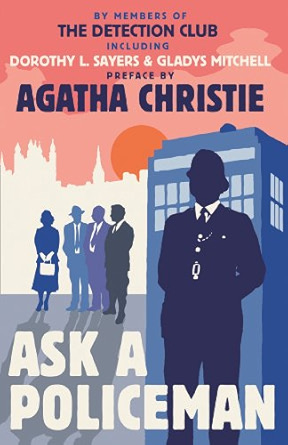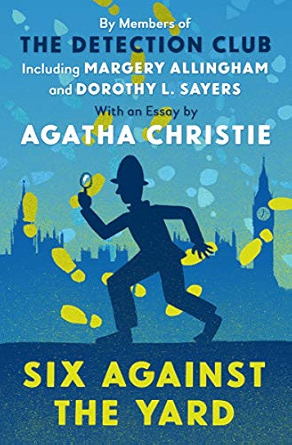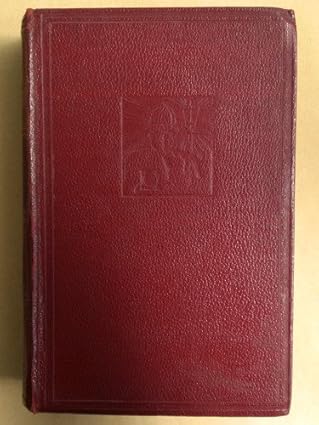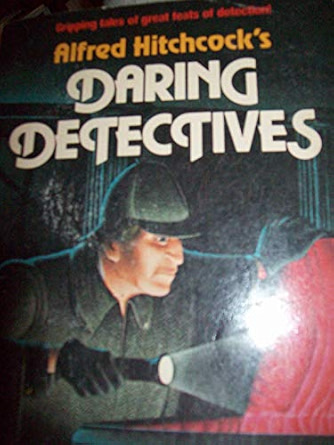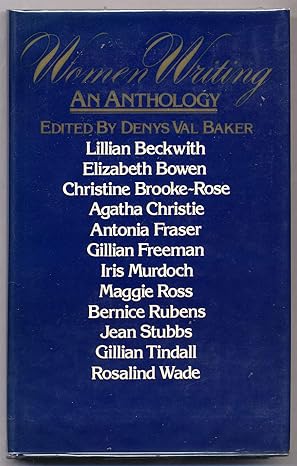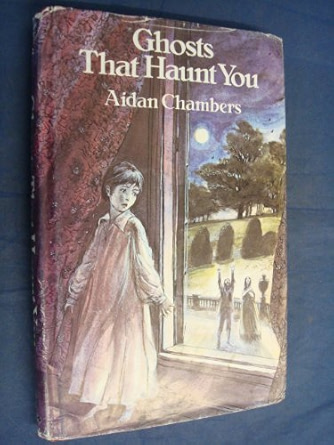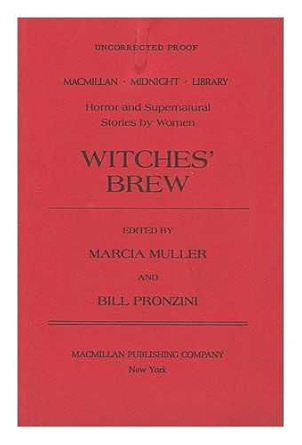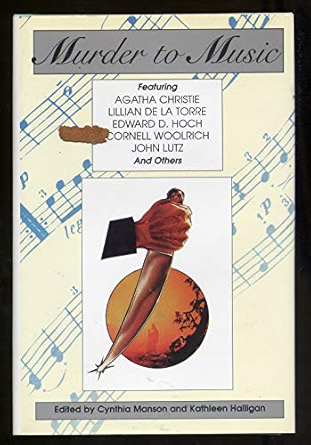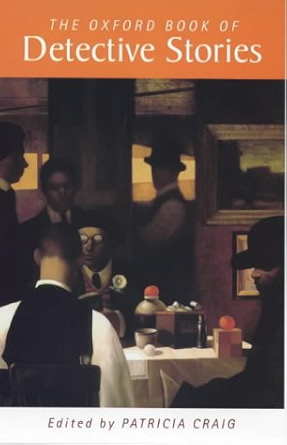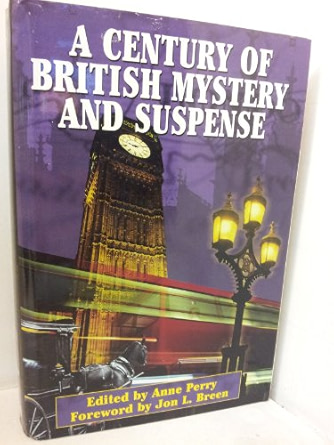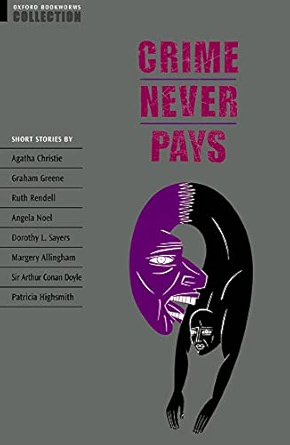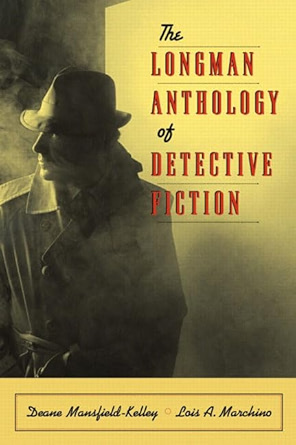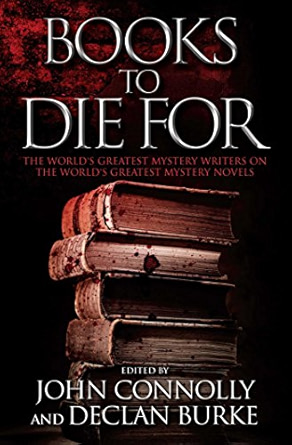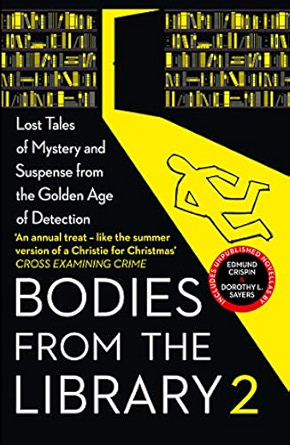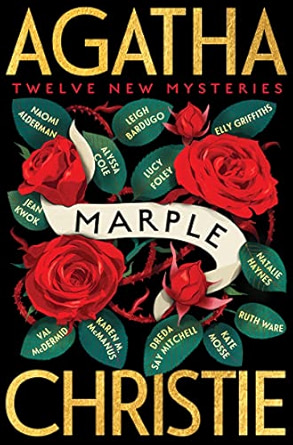Agatha Christie Books in Order
This reading order guide provides the complete list of Agatha Christie books in order, from the very first to the latest, so you won’t miss anything!
To speak of mystery fiction without mentioning Agatha Christie is nearly impossible. She wasn’t just a writer—she was the queen of crime, the architect of countless twists, the mind behind two of the most iconic detectives in literary history. But long before the fame, best-seller lists, and plays that ran for decades, Agatha Christie was simply a curious girl growing up in the quiet town of Torquay, in southwest England.
Born in Ashfield in 1890, Agatha’s childhood was shaped by books, imagination, and a deep sense of wonder. Unlike most children of her time, she didn’t wait for school to learn how to read. At the age of five, she took it upon herself to unlock the secrets of language—despite her mother’s wish that she wait until she was older. This early thirst for knowledge would follow her for the rest of her life.
Christie was home-schooled, which was quite rare in the early 20th century. Her father became her main teacher, but it was her mother who helped shape her creativity. A natural storyteller, her mother encouraged Agatha to write her own tales. Though she would one day be known for her meticulous plots and sharp twists, young Agatha’s first taste of publishing came through poetry. At just 11 years old, she had a poem about electric trams published—a small start to what would become an extraordinary literary journey.
While Agatha claimed she didn’t receive a traditional or particularly rigorous education, she was always observing, always learning. As a teenager, she studied dance and piano, though her natural shyness kept her from performing. Still, this period of her life was rich with inner exploration. She found ways to keep herself entertained and, more importantly, inspired. “There is nothing like boredom to inspire you to write,” she once said—and for her, this proved true.
By the time she was 17, Christie had already written several short stories. But her path was not yet set. In 1910, she traveled to Egypt with her mother, a trip that would leave a lasting impression. The landscapes, the history, the sense of ancient mystery—it all made its way into her later works, particularly those set in the Middle East.
In 1914, she married Archibald Christie, a military officer. Their early married life was shaped by World War I, with Archibald often away in service. During the war, Agatha worked as a nurse in a hospital—a role that brought her face-to-face with human suffering, confusion, and death. She also worked in a pharmacy, where she learned about medicines and poisons. This knowledge would become one of her greatest tools in crafting believable and chilling murder plots.
It was during these quiet moments at the hospital that she began to write her first detective story. Her sister had once challenged her, saying she couldn’t write a mystery. Agatha took the challenge seriously. With time and patience, she began what would become a groundbreaking career in crime fiction.
Her personal life, however, was not without drama. In 1926, Agatha suffered a deep emotional blow. Her beloved mother died, and shortly after, her husband revealed he had fallen in love with another woman. Devastated, Christie famously disappeared. For several days, no one knew where she was. Some feared the worst; others thought it was a publicity stunt. Eventually, she was found, safe but silent about the incident. She never publicly spoke of that time, and the reasons for her disappearance remain one of the real mysteries of her life.
Eventually, Agatha divorced Archibald and later married Max Mallowan, an archaeologist. With him, she traveled frequently to excavation sites in the Middle East. These journeys provided not only a fresh chapter in her personal life but also incredible inspiration for her stories. The settings of Murder in Mesopotamia and Death on the Nile, for example, came directly from her travels.
Agatha’s writing career took off in the 1920s. Her breakthrough came in 1926 with The Murder of Roger Ackroyd—a novel that shocked readers with its unconventional twist and established her as a master of the genre. From then on, there was no looking back. Over the decades, she wrote more than 75 novels, many of which became instant bestsellers in both the UK and the United States.
Her most famous creation, Hercule Poirot, first appeared in The Mysterious Affair at Styles in 1920. With his meticulous nature, Belgian background, and iconic mustache, Poirot was unlike any detective the world had seen before. Christie described him as “a small man, muffled up to the ears of whom nothing was visible but a pink-tipped nose and the two points of an upward-curled mustache.” He wasn’t just a detective—he was a character with charm, humor, and psychological depth.
Alongside Poirot, Christie also introduced readers to Miss Jane Marple. The quiet, observant spinster from the small village of St. Mary Mead used her deep understanding of human nature to solve crimes others couldn’t. She became the model for the “spinster detective” archetype and won the hearts of readers everywhere.
Christie wasn’t only a novelist. She wrote plays too—most notably The Mousetrap, which became the longest-running play in history. At one point in the 1950s, she had three plays running in London simultaneously—a rare and remarkable achievement for any playwright.
She also published works under the pseudonym Mary Westmacott, through which she explored more emotional, non-mystery stories like Absent in the Spring. These works revealed another side of Christie—one sensitive to the nuances of love, memory, and personal loss.
Despite her fame, Agatha Christie remained a very private person. She avoided interviews and rarely spoke about her personal life. Some say her reserved nature came from the harsh way the media treated her during her 1926 disappearance. Regardless of the reason, Christie let her writing speak for itself. In her own words, she preferred the company of her characters to the chaos of public attention.
In 1971, Christie was honored with the title of Dame of the British Empire. Though her later works showed some signs of declining sharpness—possibly due to dementia, as some experts suggest—she continued writing almost until her death. Her later novels, like Elephants Can Remember and Postern of Fate, often focused on aging and memory, subjects that seemed to reflect her own journey.
She passed away in 1976, leaving behind a legacy unlike any other. Her one daughter, Rosalind, inherited a share of the company that managed her literary rights. Agatha’s autobiography, which she began writing in 1950, was published posthumously in 1977. It offered a rare glimpse into her mind, on her own terms.
Today, Agatha Christie remains a literary giant. Her works have been translated into more than 100 languages. Her stories continue to be adapted into films, TV shows, games, and more. Murder on the Orient Express and Death on the Nile have both seen multiple adaptations, drawing in new fans with every generation.
But perhaps her greatest achievement is this: she made readers fall in love with the puzzle of the mystery. She invited us into a world where logic, observation, and cleverness could solve even the darkest of crimes. Whether you’re reading her books in order or picking them up one by one, diving into Agatha Christie’s world is always an unforgettable experience.
Hercule Poirot Books in Publication Order
Hercule Poirot Short Stories/Novellas in Publication Order
Short Stories/Novellas in Publication Order
Short Story Collections in Publication Order
Non-Fiction Books in Publication Order
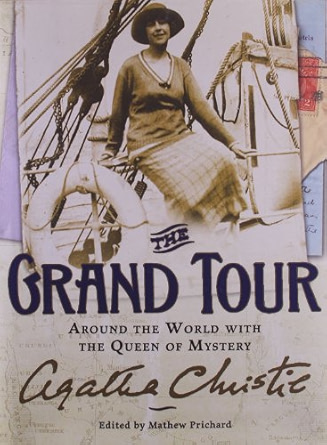
The Grand Tour: Around the World with the Queen of Mystery
Agatha Christie (with Mathew Prichard)
2012
